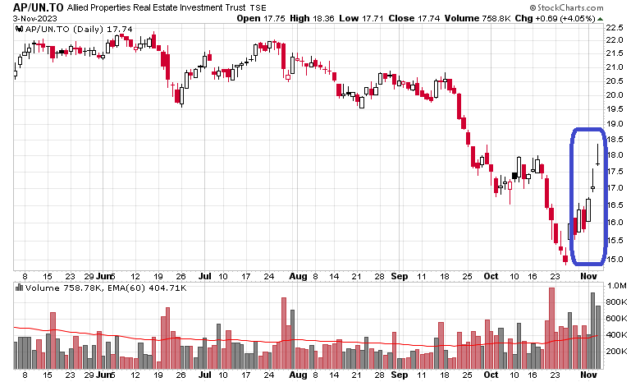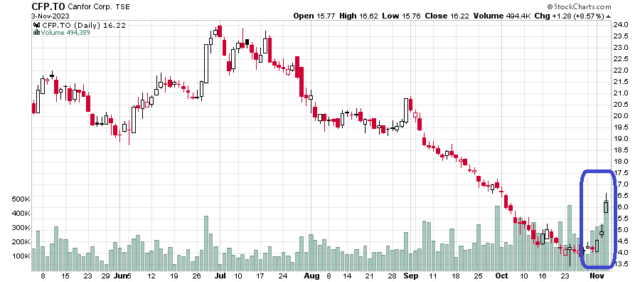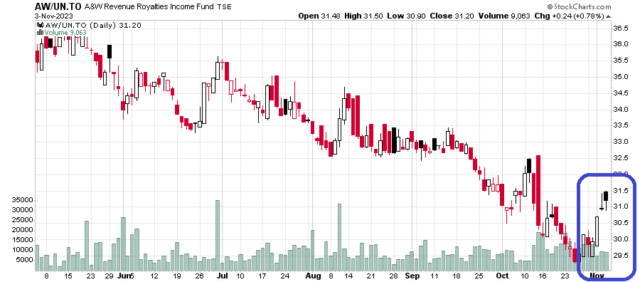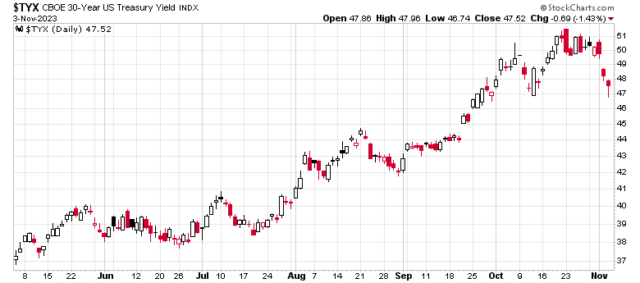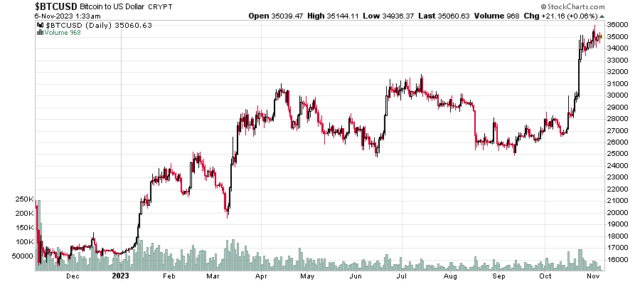Fairfax is generously offering 25 cents per share for the shareholders of Farmer’s Edge (TSX: FDGE).
This offer is about 24 cents more generous than it needed to be. Shareholders are getting really, really lucky!
They ended September 30 with negative $32 million in stockholder’s equity, and the three months they blew through $13 million in cash. They had $75 million in debt (lent to them from Fairfax) and $9 million in cash. Needless to say you did not need a CFA to know how this one was going to end up.
What does Fairfax get out of it? The following from the 2022 annual report:
The Company has not recorded any current or deferred income tax benefit for its tax losses in any of its reporting periods. The Company had $470.0 million of accumulated non-capital losses as of December 31, 2022, with expiry dates ranging between 2030 and 2042. These losses may be used to offset future taxable income. In addition, the Company has undeducted Scientific Research and Experimental Development expenditures of approximately $39.0 million which may be carried forward indefinitely and unused investment tax credits of approximately $3.0 million which expire between 2034 and 2039.
Fairfax just needs to find some assets in the same field of business to utilize these NOLs and they are all set.
Here’s one last fun calculation. The stock nearly doubled today on the announcement since it will not take two brain cells for the “independent committee” of directors to come to the conclusion there’s no choice.
Let’s pretend you were a fly on the wall of Fairfax and had 10 trading days of prior notice that this deal was occurring. Let’s also pretend that you were able to capture 100% of the liquidity of the stock that actually traded in those 10 trading days.
You would have been able to purchase 77,495 shares for $8,096.22. Those shares would be worth $19,373.75 if sold at 25 cents. No institutional manager would get remotely close to this even if they had the information in advance. Would have made for a perfect FHSA trade though!
